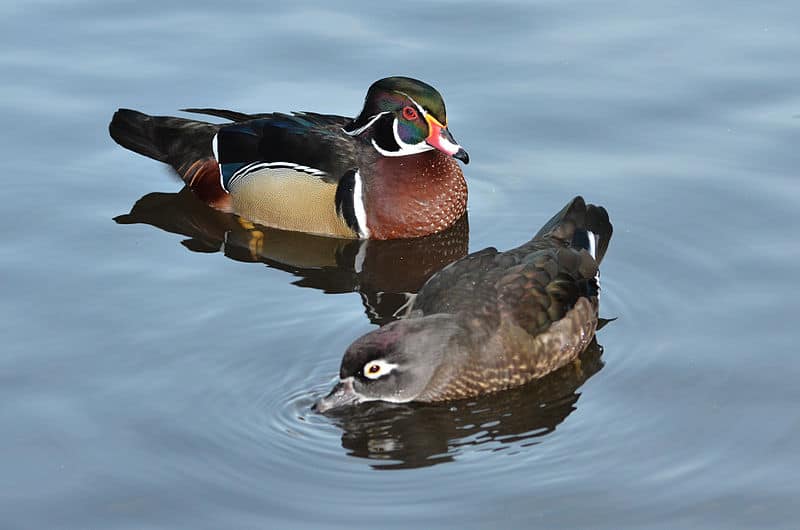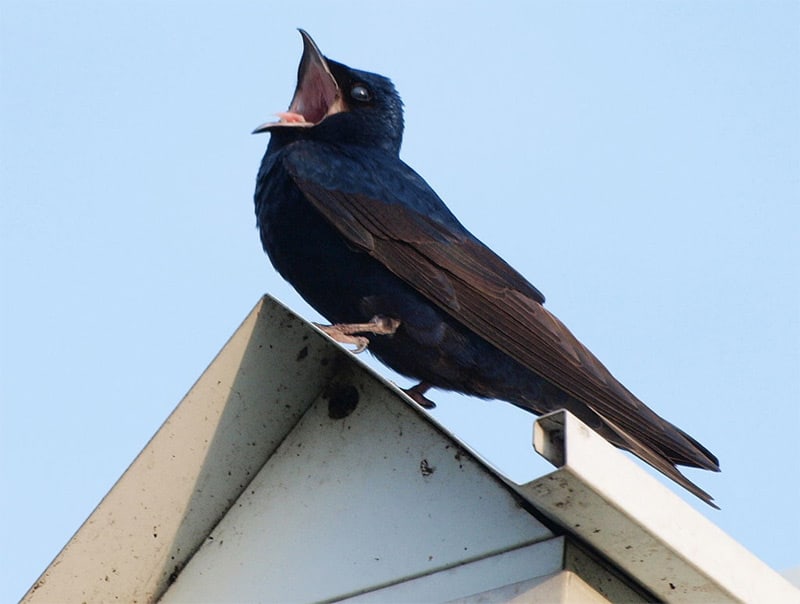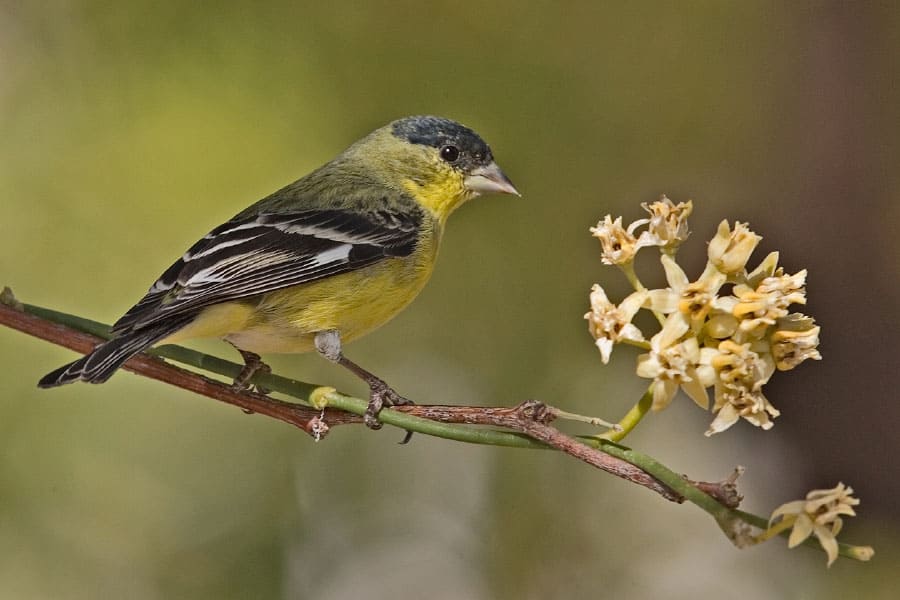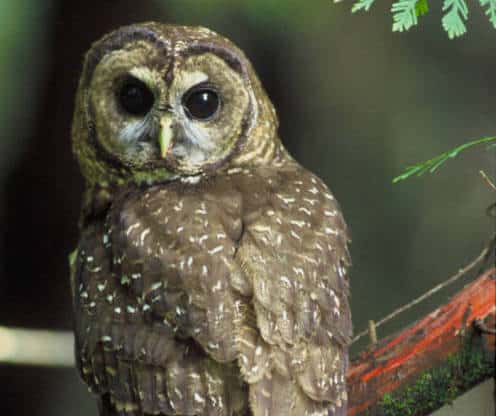Look for
The male wood duck takes its colorful plumage to an extreme. In breeding plumage, it has a green crown and black face offset by white slashes reaching up from its white throat. The bill looks painted, a bright red-orange with black and white touches. Breast and undertail are chestnut, while the sides are adorned with vertical white and blackish slashes followed by a panel of butterscotch yellow.
The male’s back is metallic green. These colors fade during summer, as the birds molt into eclipse, or nonbreeding, plumage, but the bright bill and eye and face pattern remain. Both male and female have backward-facing crests that give them a helmeted look.
The female wood duck is easy to identify, not only because of her head shape, but also because of her white, tear-shaped eye rings. Otherwise, females are grayish brown and generously flecked with whitish spots on their sides.
Listen for
Female Wood Ducks give a high-pitched, excited, two-part whistle: uh-wheek! They also give a softer series of rapid whistles: oh-oh-oh-oh.
Where to Find a Wood Duck
The perfect setting for wood ducks combines tranquil fresh water with plenty of tree—bottomland swamps, riverside forests, and tree-lined ponds and lakes. Wood ducks are permanent residents in much of the South, except in the Appalachians, where populations withdraw during the cold months. Northern populations, from southern Canada through the Northeast, retreat to the South in winter.
Feed it
Wood ducks eat a variety of seeds and some fruits from aquatic and forest plants, including acorns. Sometimes, they eat grain. Insects and other small animals supplement their diet; though, for recently fledged birds, these are a mainstay.
Nesting Behavior
Wood ducks are cavity nesters, setting up house in holes high in mature or dead trees. They also nest down low in nest boxes. The nest is simply an accumulation of down placed on the cavity floor, where the female incubates her 8 to 15 pale eggs for between 31/2 and 5 weeks. Chicks usually tumble out of their nest the day after hatching. Females accompany them for about six weeks, and they can fly at about two months of age.




